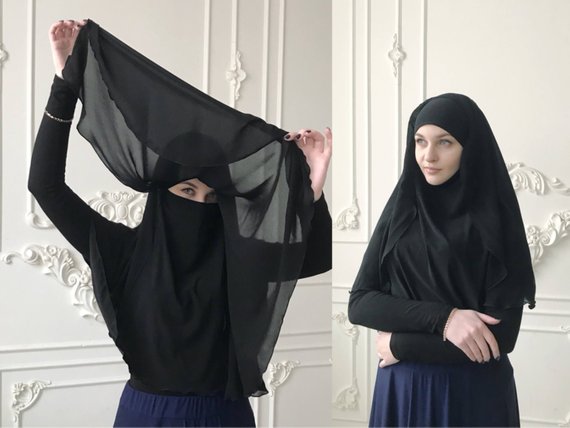While two-thirds of Quebecers support a ban on religious symbols in the public service, that support focuses most strongly on the hijab, turban, kirpan and face veil rather than the crucifix, Star of David or the kippa, a new survey suggests.
The Angus-Reid poll of 1,500 Canadians — including 350 Quebecers — found that respondents in this province were almost unanimous in their opposition to a public servant’s wearing the full-body-covering burka (91 per cent), the niqab, a face veil (91 per cent) and strongly opposed to a civil servant’s wearing the kirpan (84 per cent), the ceremonial dagger worn by observant Sikhs.
Opposition in Quebec to a public servant’s wearing a hijab — a head veil that leaves the face uncovered — stood at 57 per cent, while 55 per cent opposed a public employee’s wearing a turban.
However, just under half of Quebec respondents (48 per cent) felt that the kippa, the head covering worn by observant Jewish males, had no place in the public service. Quebecers’ opposition to a public servant’s wearing a nun’s habit was even lower (43 per cent), while less than one in three (32 per cent) felt that a Star of David had no place in the civil service and only 27 per cent felt public employees should be barred from wearing a crucifix.
Nationally, Quebecers’ opposition to the burka, niqab and kirpan in the civil service was echoed in other provinces, although not as intensely. A total of 77 per cent of respondents nationally opposed the burka, 75 opposed the niqab and 68 per cent opposed the kirpan.
However, a statistical split appeared between Quebec and the rest of the country when it came to the hijab, the turban and the kippa in the public service, with national opposition amounting to 33, 30 and 24 per cent respectively.
But Quebecers’ tolerance for the nun’s habit, the Star of David and the crucifix was mirrored across the country, each symbol garnering only 22, 15 and 14 per cent of opposition respectively.
> La suite sur le Montreal Gazette..





























